Excessive Sweating
Normally, sweating helps cool the body to prevent overheating. When sweating is so excessive that it disrupts normal daily life and causes anxiety, it is likely hyperhidrosis.
What is hyperhidrosis?
Hyperhidrosis is a medical condition that causes abnormal excessive sweating unrelated to external heat or exercise. It can affect the palms, feet, underarms, groin and head. This condition causes sweating that is so intense that it can soak through clothing and drip off your hands. People affected with hyperhidrosis may sweat even when they are cold.
Excessive sweating can cause a person to lose confidence, become self-conscious, create performance anxiety, panic, depression, social avoidance, and low self-esteem.
What are the symptoms?
- Excessive sweating that has lasted at least six months, affects both sides of the body, begins upon waking and each incidence lasts for at least one week
- Excessive sweating occurs in one or two areas of the body
- Sweating that interferes with daily life, work and personal relationships
- Excessive sweating that began before age 25
- Sweating that does not occur when sleeping
- A family history of hyperhidrosis
People with these symptoms may suggest a diagnosis of primary focal hyperhidrosis. Secondary hyperhidrosis suggests the problem is caused by an underlying medical condition. If you have sweating and weight loss, sweating during sleep or with rapid heartbeat or chest pain, it is time to call a doctor.
What causes of hyperhidrosis?
The cause of primary hyperhidrosis is unclear but heredity plays a role. A family history of hyperhidrosis is an important fact to tell Dr. Farhang during your consultation.
Secondary hyperhidrosis can be caused by many conditions including:
- heart disease
- anxiety
- diabetes
- gout
- hyperthyroidism
- obesity
- pregnancy
- shingles
- some cancers
- some infectious diseases
- adverse effects of medications
How is it diagnosed?
Dr. Farhang will review your medical and family history and conduct a physical examination. She will ask specific questions about the circumstances when excessive sweating occurs in an attempt to understand the cause. Medical tests may be ordered to identify any underlying causes.
What are the treatment options?
Topical prescription strength antiperspirants
Prescription strength antiperspirants are considered the first line of treatment for excessive sweating of the underarms, hands, and feet. They are the least invasive treatment option for hyperhidrosis and Dr. Farhang often recommends that they be tried first before other more invasive treatments.
Qbrexza® Cloth
Qbrexza is a new topical medication that can be used for excess armpit sweating in patients 9 years of age and older. The medication is supplied on a cloth that is wiped under each arm once daily. Qbrexza works on the sweat glands directly to decrease sweating. Dry mouth, skin redness in the treated area, burning and stinging are potential side effects. However, this drug is contraindicated in some patients with specific medical conditions. Dr. Farhang will assess whether this treatment is appropriate on an individual basis.
Neuromodulators such as Botox and Dysport Injections
Botox and Dysport are two excellent methods for controlling hyperhidrosis in the underarms. Additionally, studies suggest it may be effective for other areas where excessive sweating is a problem. They work by temporarily blocking the chemical signals from the nerves that tell sweat glands to produce sweat. Treatment effects appear in four or five days and last four to six months. Retreatment is safe, but temporary muscle weakness may be experienced when used to treat the hands.
Surgery
In the worst cases, surgery to remove the affected sweat glands will be offered. Surgery is used only to treat the palms of the hands.
A new treatment
A newer medical device has been approved to treat and destroy the offending sweat glands in the underarms.
Hyperhidrosis effects all ethnicities and ages. For many people, hyperhidrosis begins during puberty. It makes no difference whether you live in a cold climate or a warm, dry climate like in Tucson. You can still experience hyperhidrosis.
Schedule a dermatology consultation
Hyperhidrosis doesn’t need to negatively impact your life. Dermatologist Dr. Sheila Farhang looks forward to discussing treatment options with you at our Tucson, Arizona office.


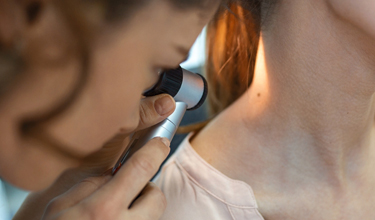
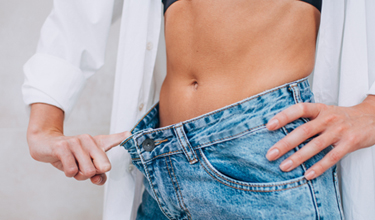
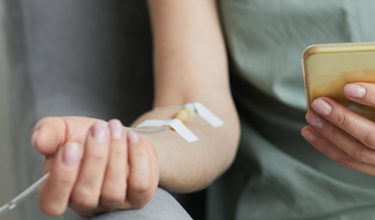
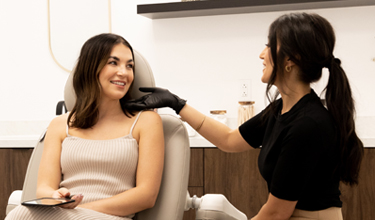
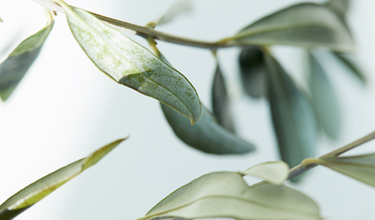
 / 291 Reviews
/ 291 Reviews
socialize with avant
#naturalskin